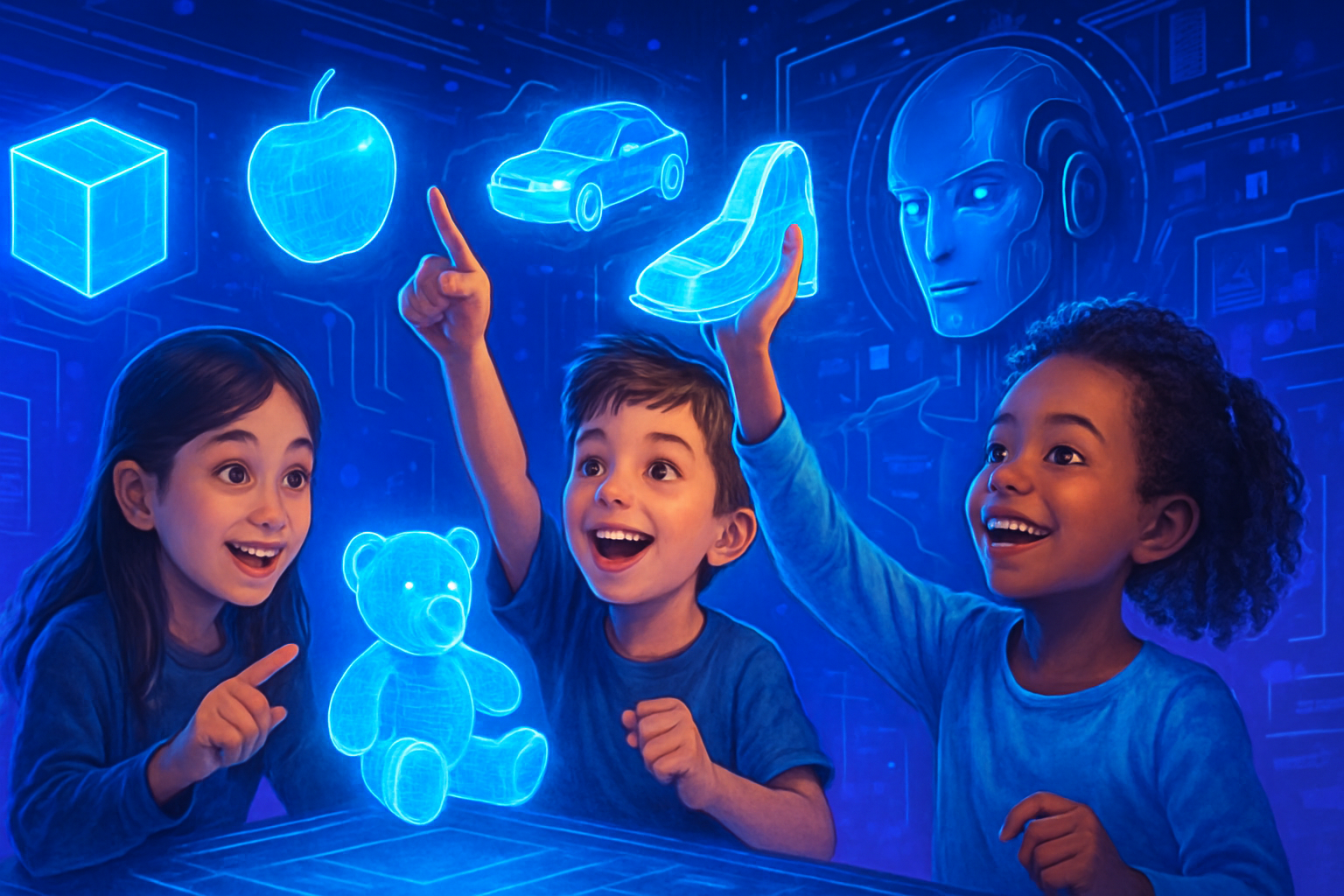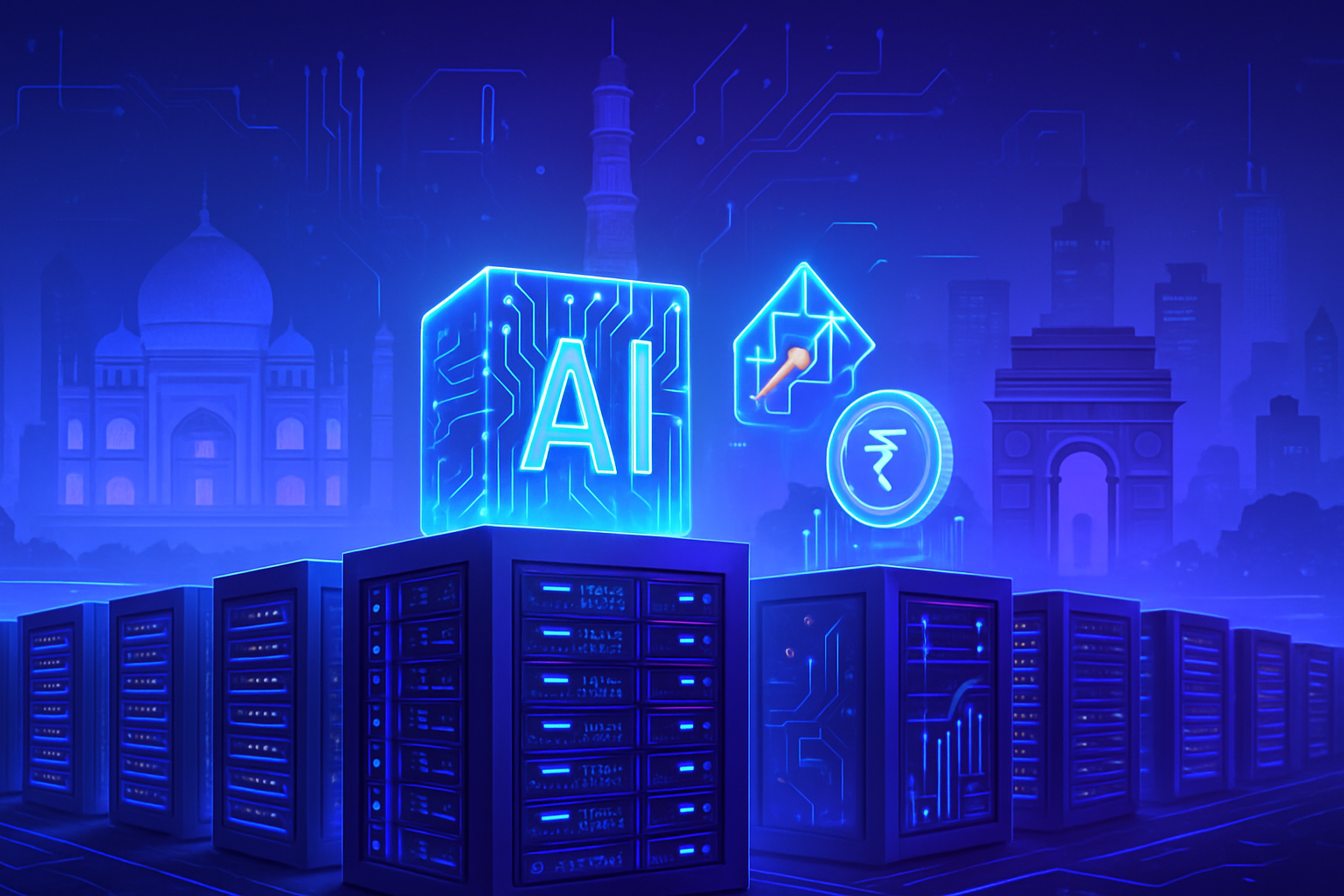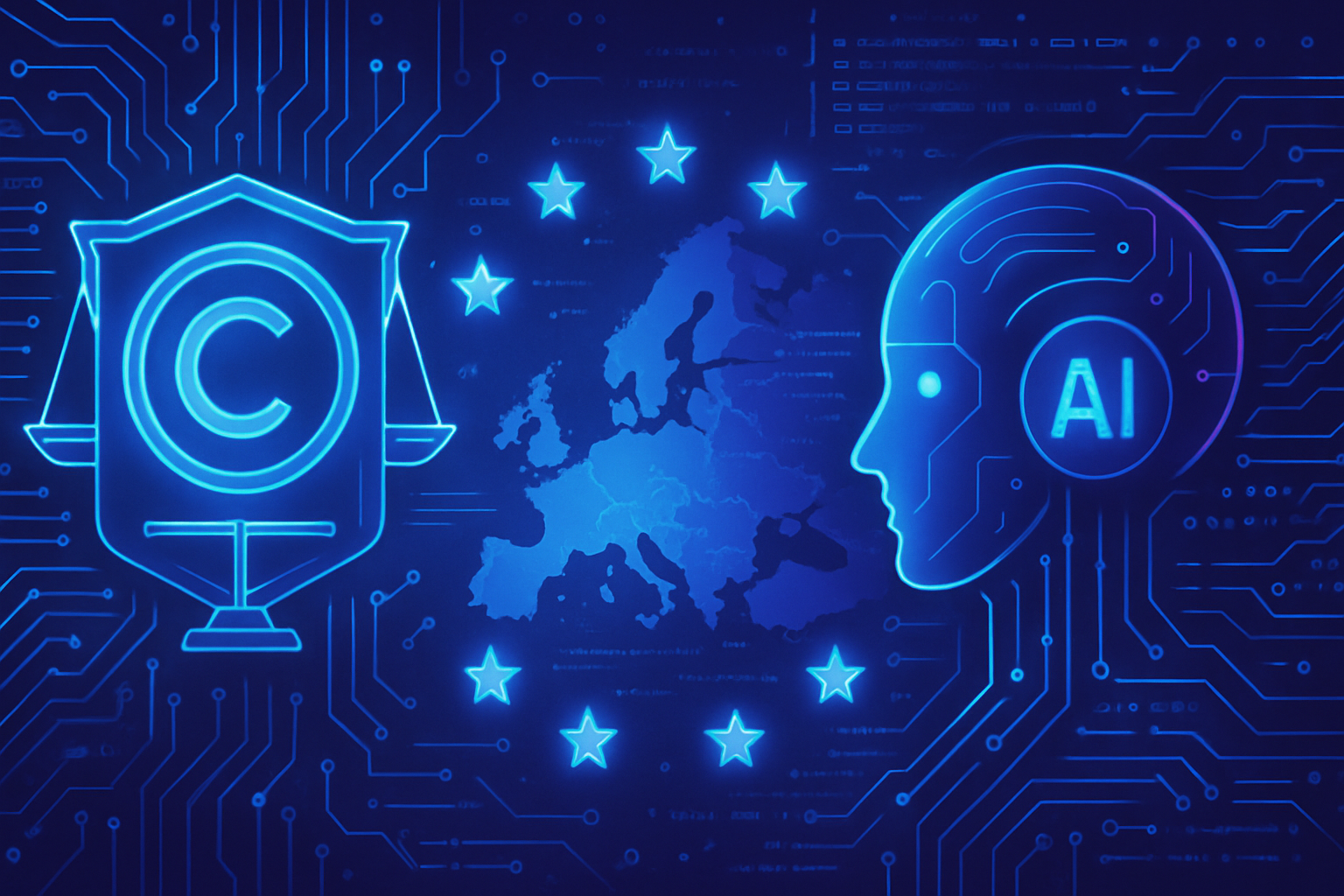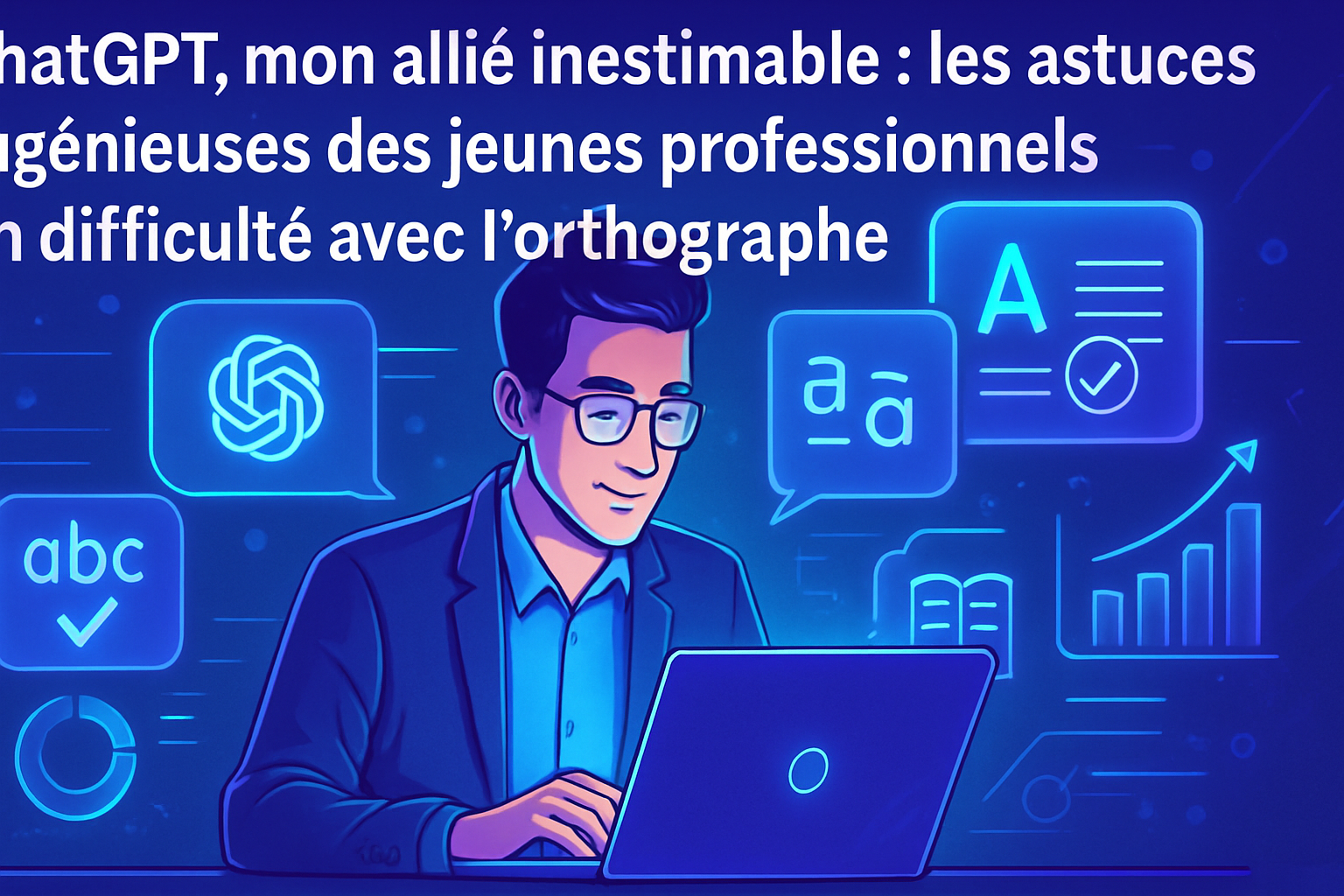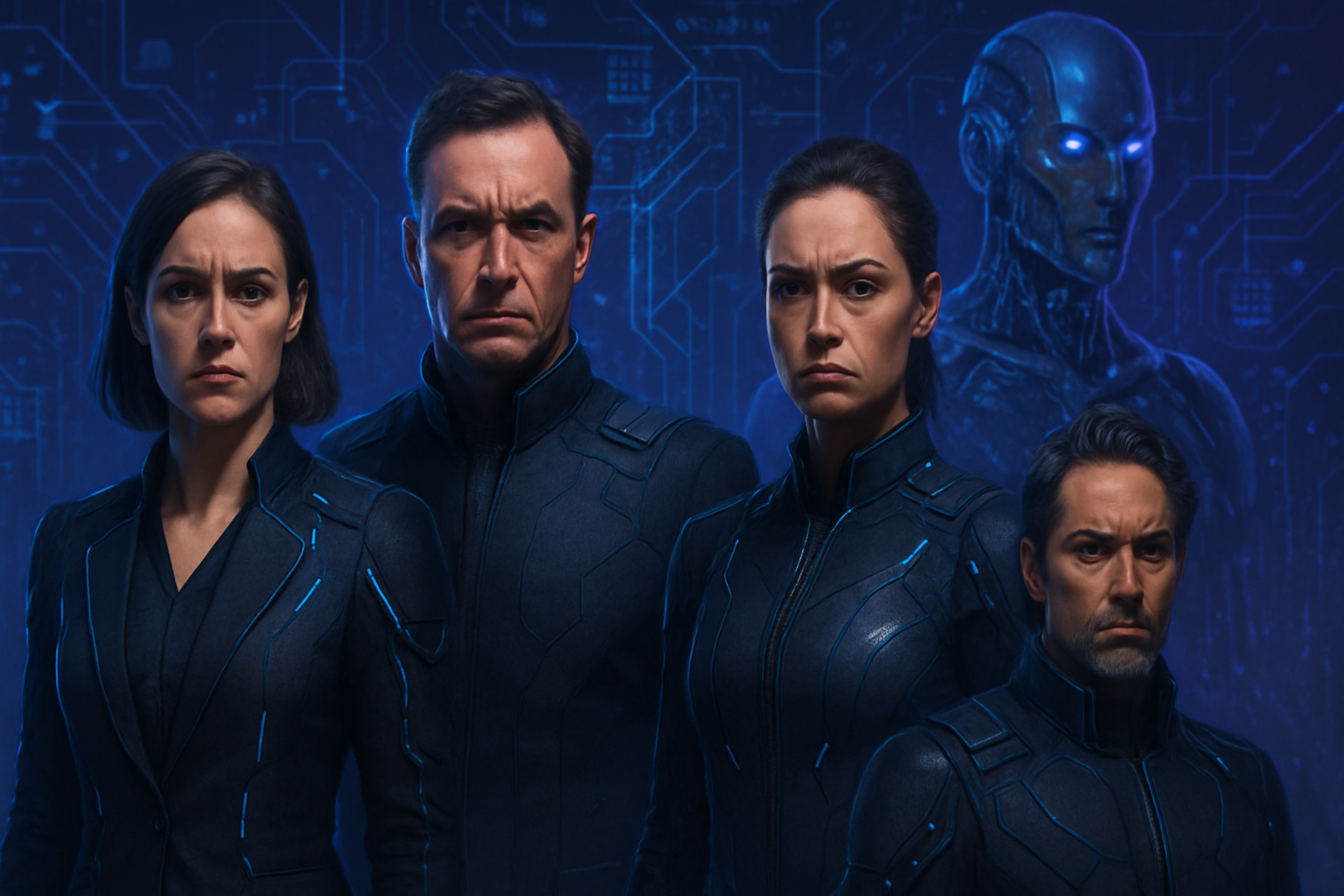The cognitive abilities of young children emerge as a genuine challenge for artificial intelligence. An intriguing study reveals that children aged three to five surpass cutting-edge AI in visual object recognition. This phenomenon highlights not only the extraordinary efficiency of the human visual system but also sheds light on the robustness of perceptual skills among the youngest. In comparison, AI visual recognition models, although impressive, exhibit notable limitations in terms of perception and learning. The interaction between these two fields opens up new promising perspectives for the future of cognitive technology.
Visual performance of young children
A recent study conducted by assistant professor Vlad Ayzenberg revealed that young children outperform artificial intelligence (AI) systems in visual recognition of objects. Researchers evaluated the perceptual abilities of young children aged three to five, comparing their performance to that of leading AI models. The results of this research underscore the remarkable efficiency of the human visual system compared to the current capabilities of AI technologies.
Research context
The report recently published by the United Nations predicts that the global AI market could reach 4.8 trillion dollars by 2033. Unfortunately, this rapid rise of AI does not mean it will equal human capabilities. Ayzenberg specifies that children possess an unparalleled perceptual robustness, surpassing even the most advanced AI models.
Methodology of the study
As part of this study, children were asked to identify objects from images displayed briefly at speeds of 100 milliseconds. This challenge, initially thought to be difficult for the young, revealed their ability to process recognition effectively, despite distractions such as noise. The research was published in Science Advances.
Comparison with AI
The comparison between preschool children and AI models shows a superior performance on the part of children when it comes to recognizing objects. The study highlights that AI models often require intensive training and significant energy consumption to accomplish tasks that young children perform with ease.
Cognition and the future of AI
Ayzenberg emphasizes that the cognitive and neural insights drawn from studying children can offer pathways to improve current AI models. The reverse is also true; AI can contribute to better understanding the mechanisms of the human brain. The visual abilities of children provide a benchmark for evaluating AI systems: how can AI compete with a three-year-old child?
Future research objectives
Ayzenberg aims to establish a laboratory dedicated to vision learning and development at Temple University. This laboratory will combine behavioral and neuroimaging approaches to understand cognitive development in young children. Ultimately, the goal is to design AI agents that mimic human capabilities, enriched by the knowledge gained from studying children.
Importance of the results
The study represents a significant advance in our understanding of human cognitive capabilities and their application in the field of AI. The research highlights that AI models must evolve towards achieving efficiency similar to that of children, all while reducing their carbon footprint. Training a language model like ChatGPT incurs a carbon footprint approximately 17 times greater than that of an individual over a year.
The implications of AI improvement
A better understanding of the neural processes of young children could lead to significant advancements in the development of more effective AI systems. Professor Ayzenberg is optimistic about the future impact of this research on AI technologies, which he wishes to steer towards a more human-centered approach.
Frequently asked questions about the visual performance of young children compared to AI
What are the main findings of the study on visual recognition in young children compared to AI?
The study reveals that preschool children have a visual object recognition ability that exceeds that of currently available AI models. Even when their attention is disrupted, young children perform better at identifying objects than sophisticated artificial intelligence systems.
How did researchers measure visual recognition abilities in young children?
Researchers asked children aged 3 to 5 years to identify objects from images displayed for 100 milliseconds while being distracted by noise or other interruptive factors.
Why do young children outperform artificial intelligence in this specific domain?
According to researchers, the human visual system is much more data-efficient than current AI. The perceptual capabilities of young children, even at such a tender age, are extremely robust, allowing them to process visual information quickly despite distractions.
What impact could the study have on the future development of AI?
The findings of the study could guide research toward improving AI models by drawing inspiration from the perceptual abilities of young children. This would make AI systems more efficient while reducing their resource consumption.
What methods do researchers plan to use to further this study in the future?
Researchers plan to use functional MRI to examine the brain activity of awake infants as they perform specific cognitive tasks to better understand how these perceptual abilities rapidly develop.
What are the implications of this research for understanding cognitive development in children?
This research provides insights into how the human brain is organized at birth and in the early years of life, supporting the rapid development of cognitive and perceptual capacities, and highlighting the importance of early experiences in this process.
What mistakes does AI make that young children would not make in object recognition?
AI models tend to make classification errors that humans, including young children, would successfully avoid due to their natural ability to interpret visual stimuli in varied contexts.
How does this study contribute to discussions on human intelligence compared to artificial intelligence?
It highlights the fundamental differences between human capabilities and AI capabilities, emphasizing that despite technological advancements, human intelligence, even at a young age, remains significantly superior in certain perceptual tasks.
